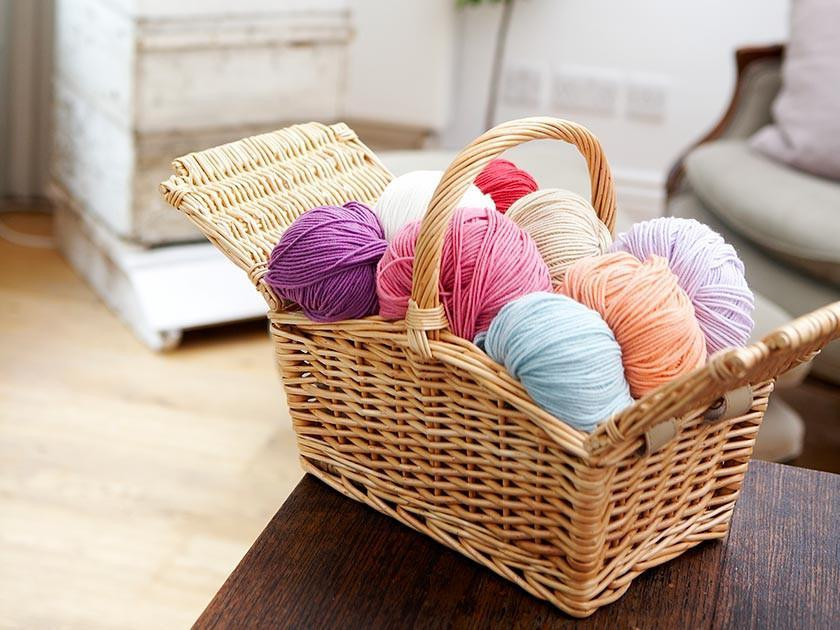How to knit: Wash wool correctly
Print
Knowing how to wash wool is so important for any knitter.
Knitting projects can be costly and very time consuming so it makes sense to look after your finished products properly. If you're in need of a little guidance, we've devised some tips to help ensure your knits stay as good as new.
How To: Wash wool
1. Try and keep a ball band of the yarn used for your project as a helpful reminder. This way you'll always have the specific washing instructions on the label of the wool or yarn.
2. If the ball band says you should dry clean the yarn, then this is what you should do. Any contact with water will alter the fibres and fabric finish, leaving your beautiful handmade garment looking old quickly - or worse shrunk!
3. If the ball band states hand washing as a method for cleaning, then hand washing is usually best. Hand wash settings on washing machines often only means the water temperature and the method of washing can be too harsh for any delicate yarns, plus having the knit in a lot of water for too long can damage or discolour the wool or yarn, spoiling your item.
How To: Pressing
1. Before pressing your work always check the ball band. If it can be pressed, always place a damp cloth in between the knitting and the iron to protect the fabric and from crushing textured knits, taking care not to drag the iron across the fabric. An alternative method is to hold the iron over the fabric and steam the knitting.
2. Do not press your work if your yarn contains mixed fibres other than wool. Simply hold a steam iron over the work close to the fabric and steam it.
3. If the yarn cannot be pressed, then spray the yarn lightly with water and press the fabric smooth with your hands, on top of a dry towel.
How To: Storage
1. Care for your knitwear goes beyond washing and pressing. Storing your jumpers, cardigans and coats plays an important part too. Always store your knits clean as moths are attracted to dirt and oils.
2. It can be worth using chemical and natural moth repellents if storing knitwear away during the summer. Never store knitwear in plastic covers.
Top tip: Heavy knits shouldn’t be hung as their weight will stretch them. Hang fine knits on padded coat hangers to prevent stretching the shoulders and creating an ugly bump.

